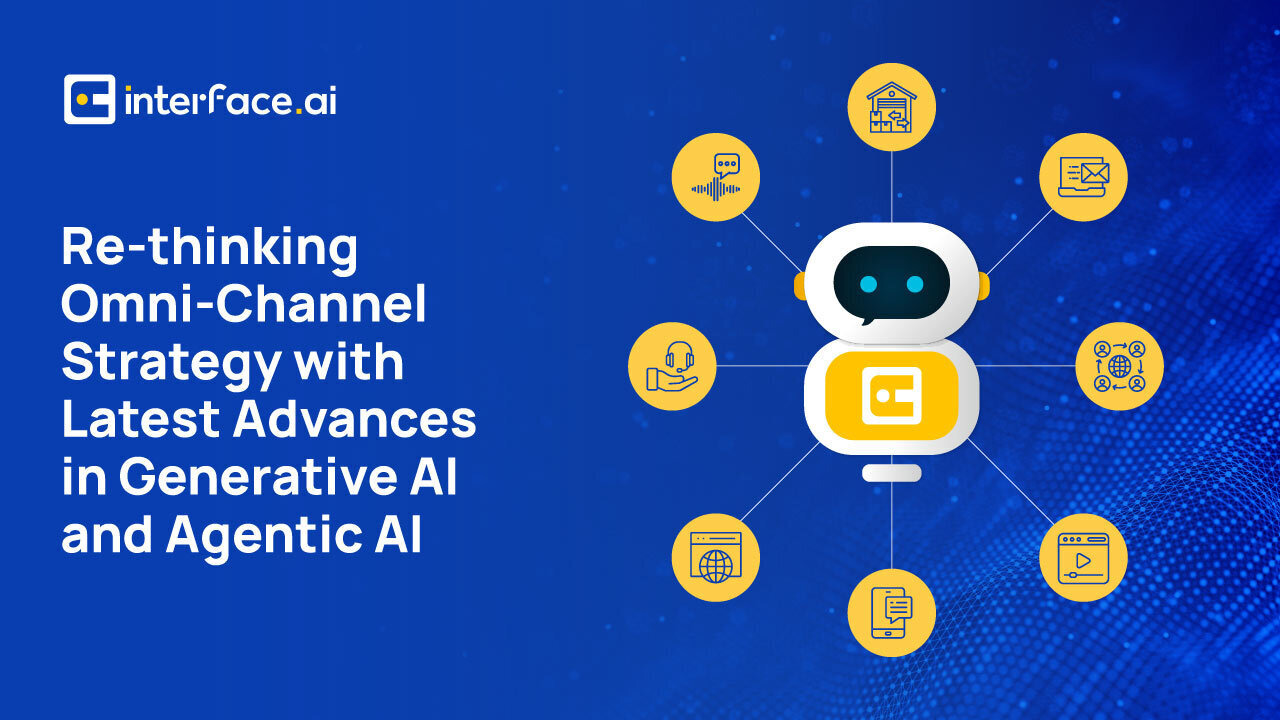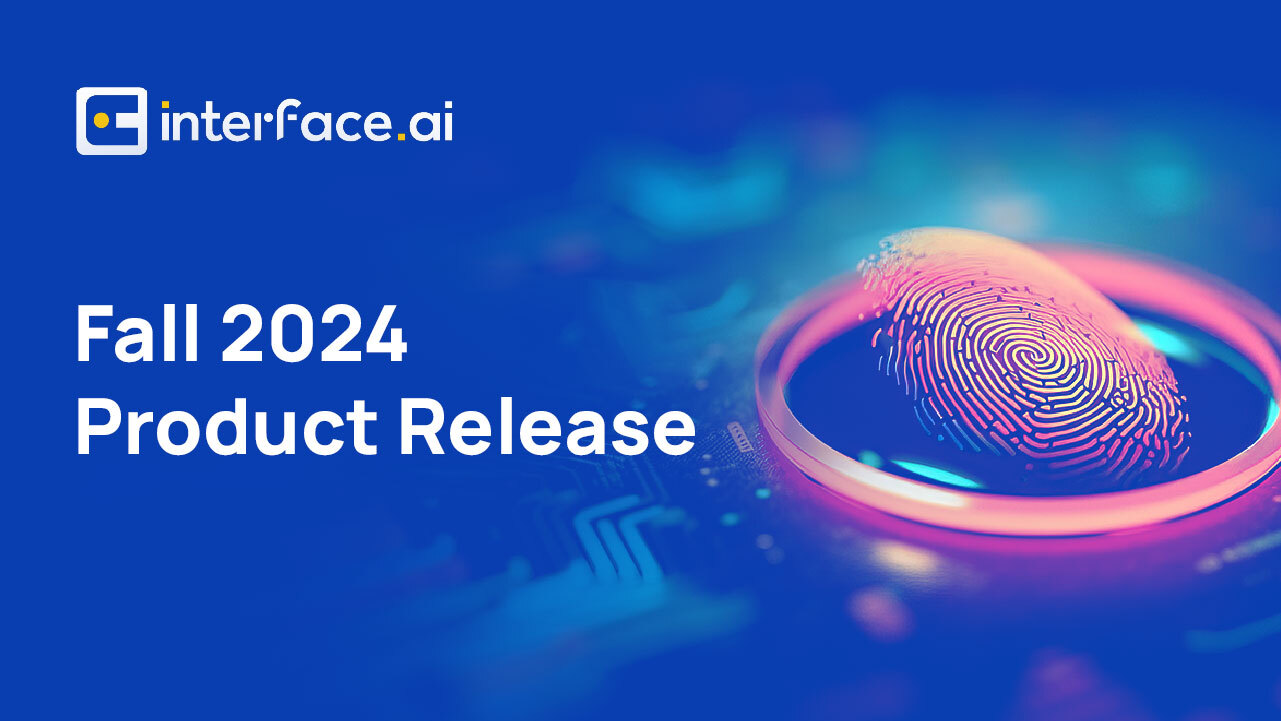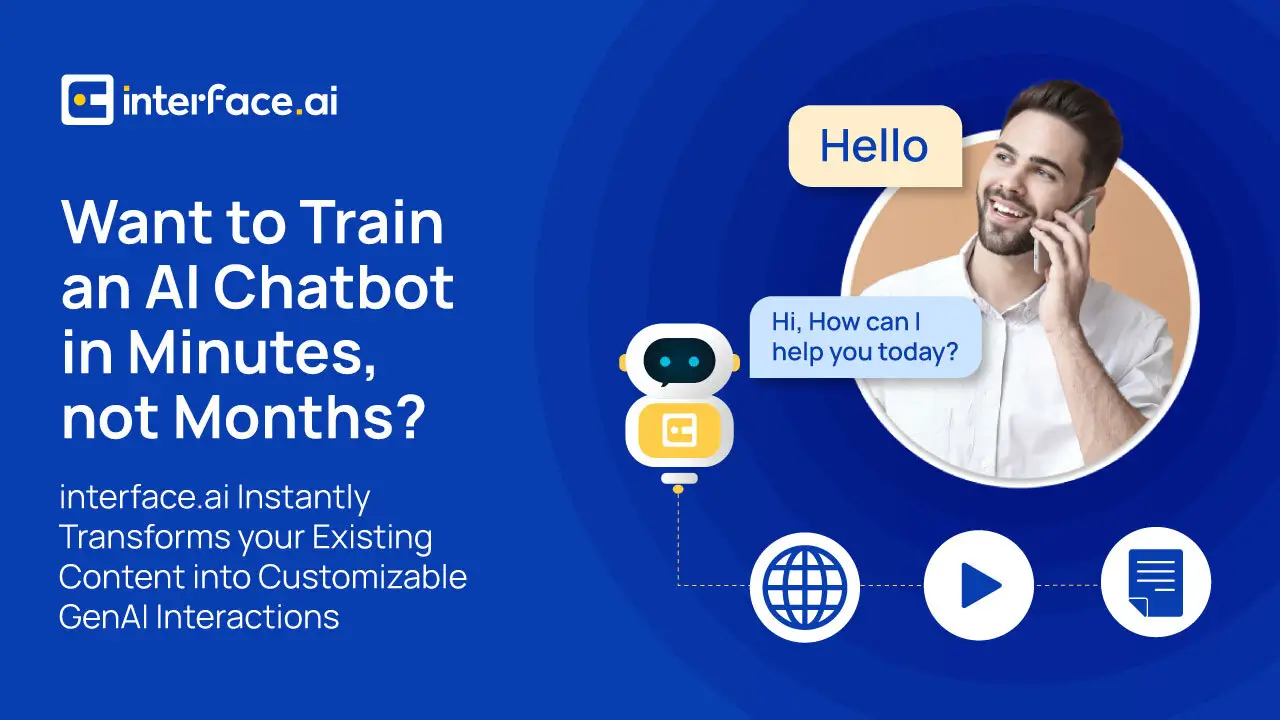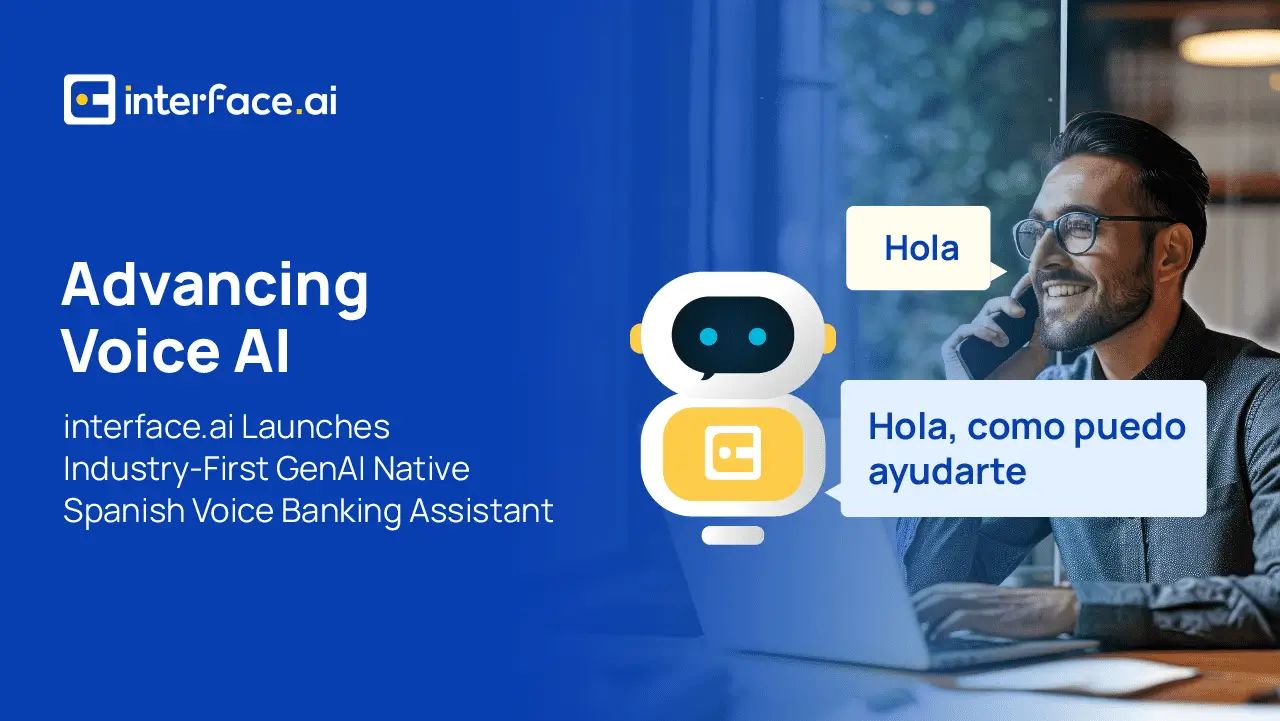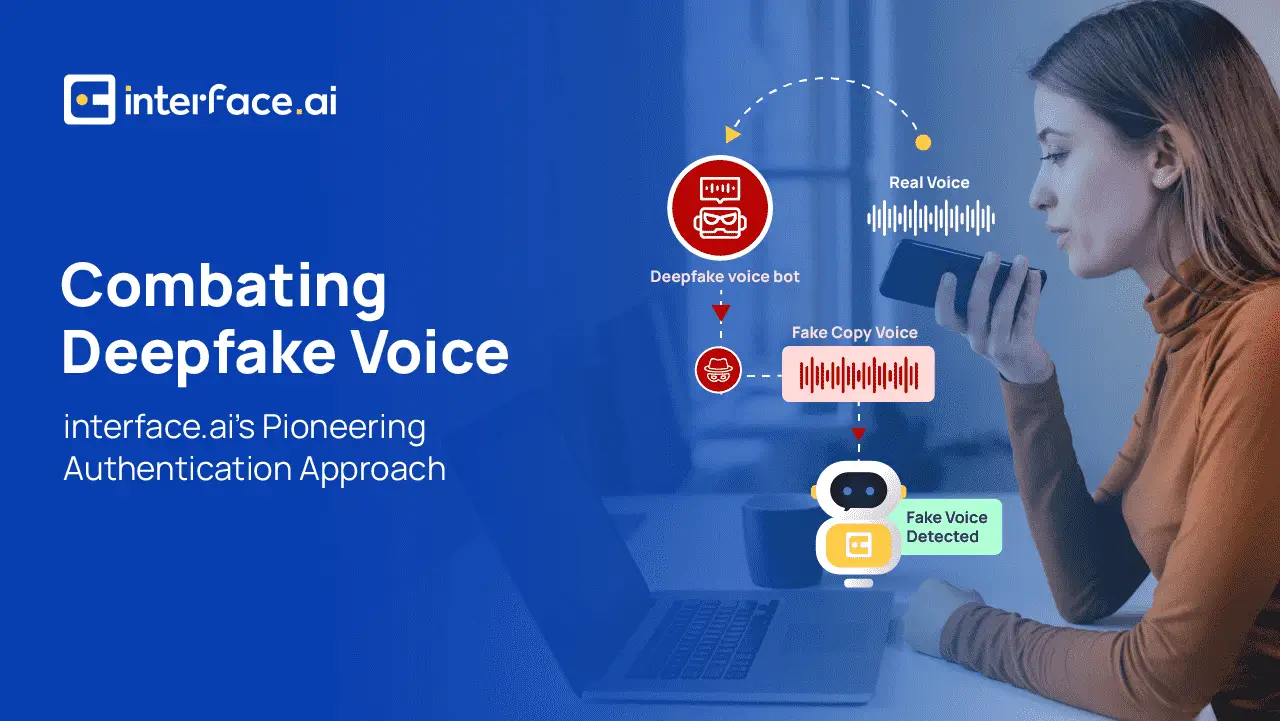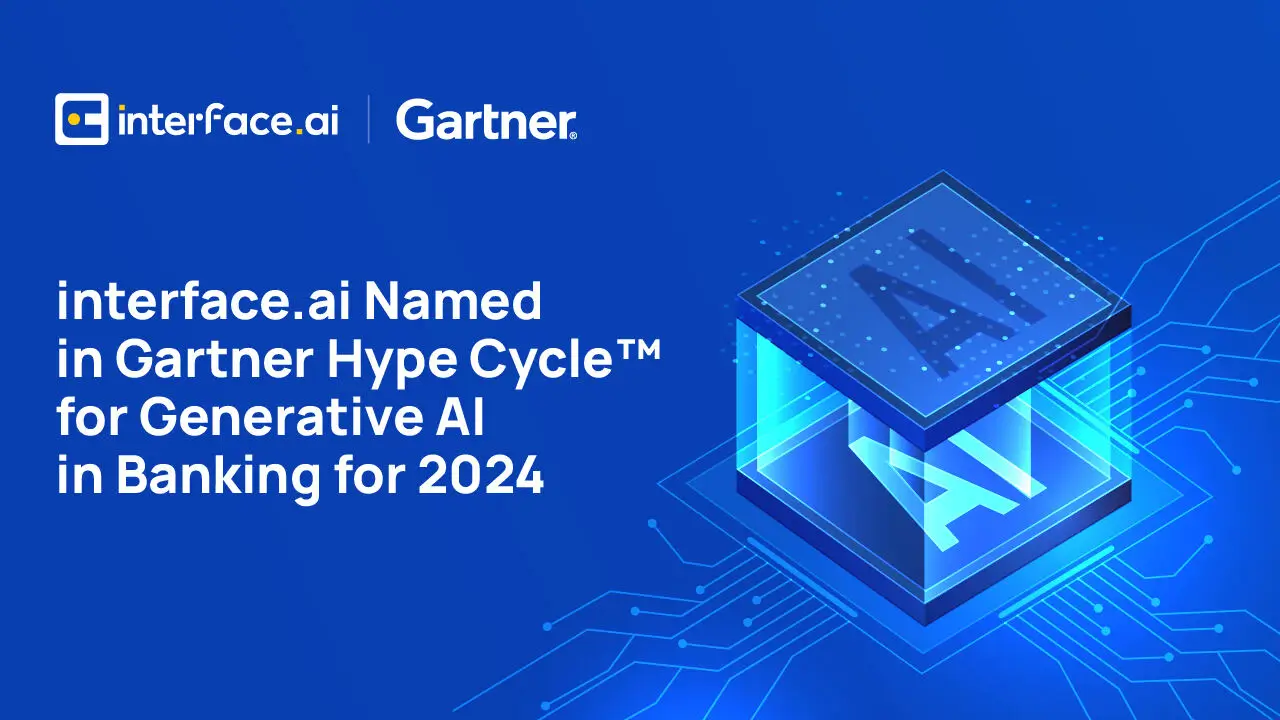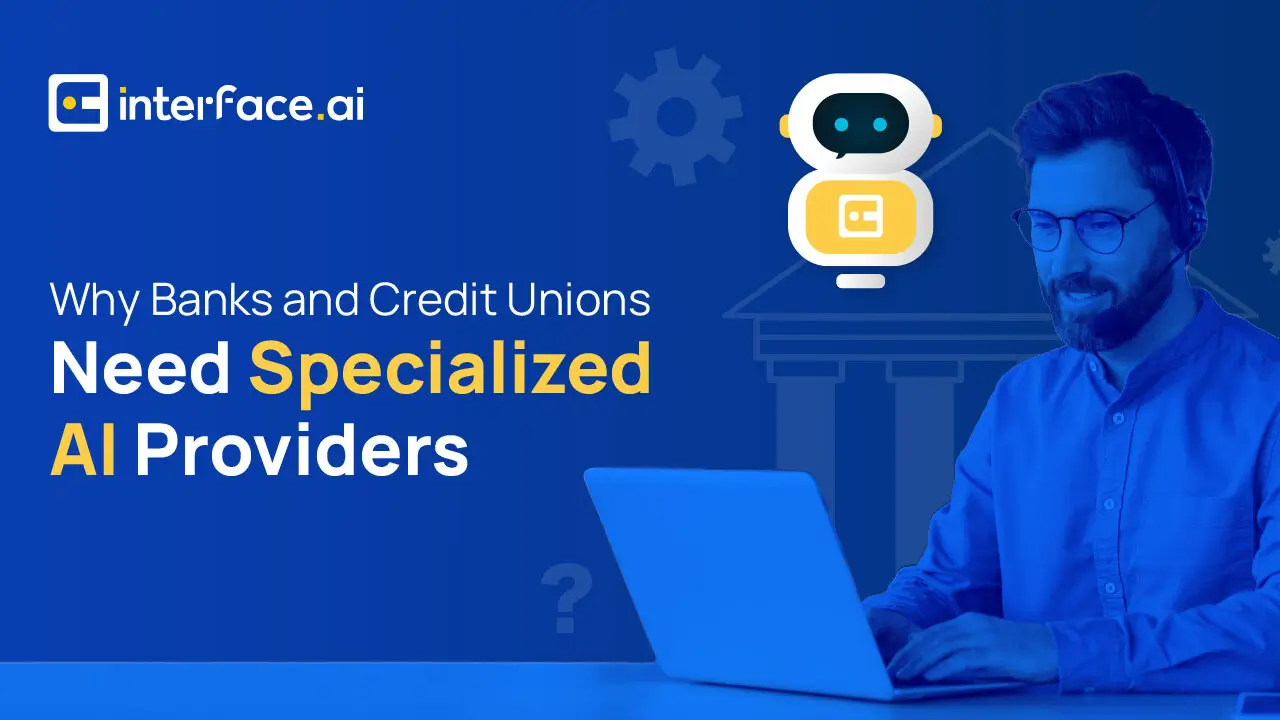
Agentic AI vs Generative AI: How Are They Different?
Artificial intelligence has become a critical technology across almost every industry, powering groundbreaking advancements in efficiency, creativity, and automation. Among the many branches of AI, Agentic AI vs Generative AI stand out as two distinct approaches, each serving different purposes.
While they may seem similar at first glance, understanding their unique roles is key to leveraging AI effectively. Let’s dig into the difference between Generative AI and Agentic AI and why it matters.
Agentic AI vs Generative AI
What is Agentic AI?
Agentic AI is designed for action and autonomy. These AI systems operate as independent agents, capable of performing tasks, making decisions, and responding to real-time situations either independently or semi-independently. The focus is not on creating something new, but on taking action to achieve predefined goals.
How Agentic AI Works
Agentic AI systems rely on a combination of rules, logic, and machine learning. They process inputs from their environment or users, analyze them, and determine the best course of action. Their autonomy allows them to work efficiently with minimal human intervention.
Read more: What is Agentic AI – and Why Everyone’s Talking About it
Why Agentic AI Matters
Agentic AI is defined by its ability to act autonomously toward specific goals, making it uniquely suited for tasks that require decision-making and adaptability. Unlike traditional automation, which relies on predefined rules, Agentic AI dynamically responds to real-time data, executes complex workflows, and makes decisions that align with organizational objectives—all without constant human oversight.
What truly sets Agentic AI apart is its ability to handle complex tasks by breaking them down into smaller, manageable steps – a process often referred to as chaining. Chaining is a structured approach that allows the AI to tackle multifaceted problems or workflows in a logical and sequential manner, ensuring each step is completed accurately before progressing to the next.
This capability is crucial because many real-world tasks are too complex to be addressed all at once. By breaking these tasks into smaller components, Agentic AI ensures:
- efficiency: by executing each part of the process in the correct order, eliminating unnecessary delays or errors.
- reliability: by reducing the risk of cascading failures, as each step is validated before moving forward.
- adaptability: dynamically recalibrating its approach if new information arises during the process, all while staying aligned with the overall goal.
- transparency: as each step of the process is traceable, creating an audit trail that builds trust in the AI’s decisions and actions.
What is Generative AI?
By contrast, Generative AI is focused on creation and innovation. These systems generate entirely new content—whether text, images, audio, or code—based on patterns learned from extensive datasets. Generative AI thrives in scenarios where adaptability and creativity are required.
How Generative AI Works
Generative AI leverages advanced neural networks, such as transformers, to process and understand large volumes of data, analyzing patterns to generate outputs that closely align with given prompts. At its core are large language models (LLMs), trained on extensive datasets to develop a deep understanding of language patterns and context.
Unlike traditional AI systems that rely on simple rules or keyword matching, Generative AI applies a nuanced grasp of relationships within the data, enabling it to produce realistic, human-like content. This allows it to create conversational responses that are contextually relevant, dynamic, and adaptable—adjusting tone, style, or complexity based on the flow of interaction for a natural and engaging experience.
Why Generative AI Matters
Generative AI is remarkable for its ability to create entirely new and unique content, setting it apart from other AI types that focus on automation or data analysis. By utilizing vast datasets and advanced neural networks like transformers, Generative AI doesn’t just replicate patterns – it produces outputs that are both contextually relevant and authentically human-like.
On top of this, Generative AI has a remarkable capacity for personalization, making it a standout tool for tailoring content and solutions to individual needs. By analyzing user data, preferences, and context, it can generate highly specific and relevant outputs. This ability to adapt its responses to the nuances of each user’s situation ensures that interactions feel personal, meaningful, and engaging, helping organizations build stronger relationships and enhance user satisfaction at scale.
Read more: Pros and Cons of Generative AI for Customer Service
Agentic AI vs Generative AI: Key Differences
The debate between Agentic AI vs Generative AI is about more than just functionality—it’s about how each AI type serves distinct roles in automation and intelligence.
| Feature | Agentic AI | Generative AI |
| Primary Function | Takes autonomous actions to achieve goals | Creates new content based on patterns |
| Focus | Decision-making, automation, execution | Creativity, content generation, personalization |
| How It Works | Processes real-time data, makes autonomous decisions, and executes tasks | Learns from large datasets and produces new content |
| Best Used For | AI-powered automation, financial services, fraud detection, customer service | Chatbots, personalized content, AI-generated media |
By understanding the difference between Generative AI and Agentic AI, businesses can determine which type of AI aligns with their needs and goals.
Agentic AI and Generative AI in Harmony
The conversation is often posed as Agentic AI vs Generative AI, but the real power of AI emerges when they work together. While each serves distinct purposes, their collaboration unlocks more intelligent, dynamic, and impactful AI-driven solutions.
While Agentic AI focuses on autonomous action and decision-making, Generative AI adds value through the creation of intelligent, context-aware content.
At interface.ai, we believe that leveraging the strengths of both Agentic AI and Generative AI is key to building robust, innovative solutions for the financial services industry. Our AI systems are designed to work together seamlessly to meet the unique demands of banks and credit unions.
By combining Agentic AI and Generative AI, interface.ai ensures that financial institutions can scale their operations while providing hyper-personalized, proactive, and meaningful customer service. The result is a solution that not only improves operational efficiency but also builds lasting relationships with customers and members.
Want to learn more about interface.ai? Book a chat with one of our AI experts today.
Discover the Latest Insights on Interactive Intelligence for Banking Newsletter
Join the newsletter to receive the latest updates in your inbox.


